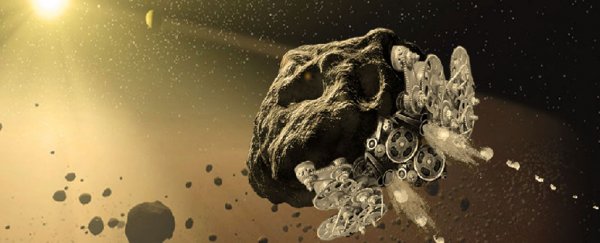It's 2016, and we've got tiny orbital satellites that anybody can operate; reusable rockets that can land on drone ships (after a few attempts, maybe); and miniature spacecraft that might soon be able to travel to other solar systems.
In a word: whoa. We're pretty amazed. But that's just today. What will the next generation of astronomical science look like? NASA's just given its best indication of what that could be, announcing 13 research proposals that have made it through to Phase 1 of its NASA Innovative Advanced Concepts (NIAC) program.
"The 2016 NIAC Phase I competition was fierce, as usual. All of the final candidates were outstanding, and limiting the choice to what fit in our budget was difficult," said NIAC program executive Jason Derleth. "We hope each new study will push boundaries and explore new approaches – that's what makes NIAC unique."
The Phase 1 awards give awardees US$100,000 for nine months to work on the feasibility of their concepts, and if they make it through to Phase II, they'll score an extra $500,000 to support two more years of concept development.
So what made the cut this year? Here are five of the most exciting projects from NIAC 2016:
Reconstituting Asteroids into Mechanical Automata
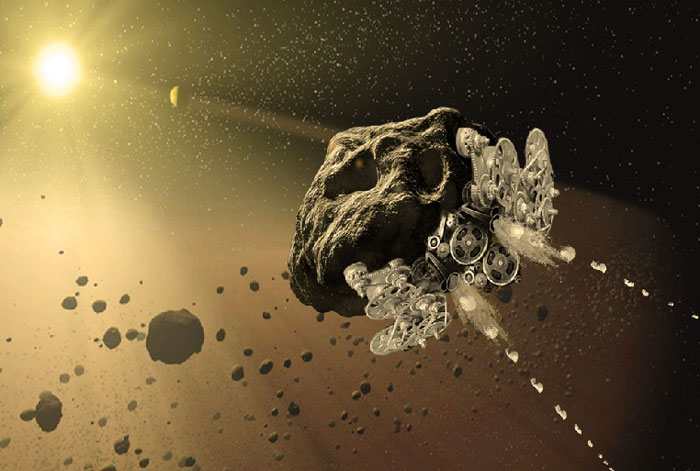
Also known as Project RAMA, this concept seeks to transform asteroids into spacecraft we can control, by fitting them out with computers, avionics, and propulsion systems. Potential objectives for robo-asteroids include piloting them to pick up humans on rescue missions or steering Earth-threatening space rocks out of harm's way.
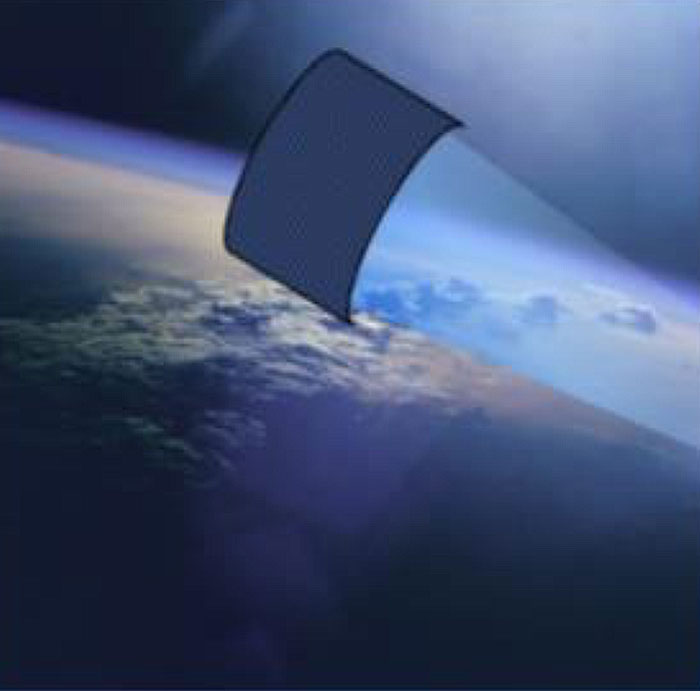
What's humanity going to do to get rid of the space junk that sits in orbit around Earth (and potentially other planets in the future)? One answer could be this extremely light and thin membrane-style spacecraft, which could pilot to debris, wrap itself around it, then transport it elsewhere. Kind of like Mr Fantastic with a jetpack.
Journey to the Centre of Icy Moons
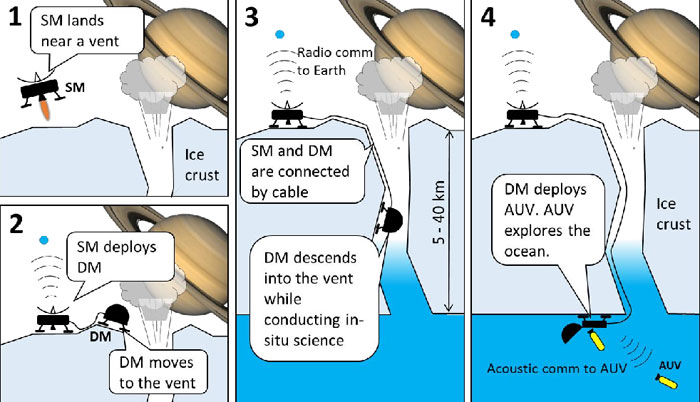
Exploring the subsurface oceans of far-off worlds could tell us any number of things about how those planets or moons came to be, but how can we get down there? This surface-to-subsurface robotic system dubbed Icy-moon Cryovolcano Explorer (ICE) would be designed to land on icy moons, climb down ice volcanoes, and basically make Jules Verne fiction into reality.
Automaton Rover for Extreme Environments
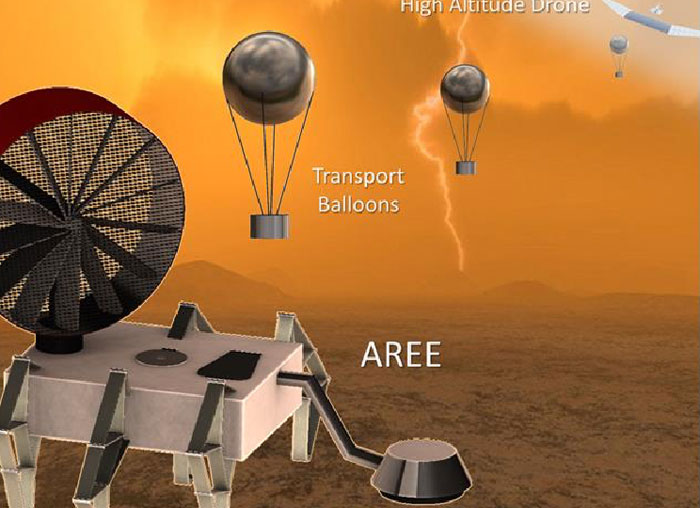
Extremely hot planetary environments like Venus's aren't well-suited to conventional probes, killing the Soviet probes that landed on the surface within minutes or hours. This purely mechanical rover concept using hardened metals could hypothetically survive on the surface for weeks or months – although it remains to be seen what kind of exploration or research a rover without any electronics systems could perform.
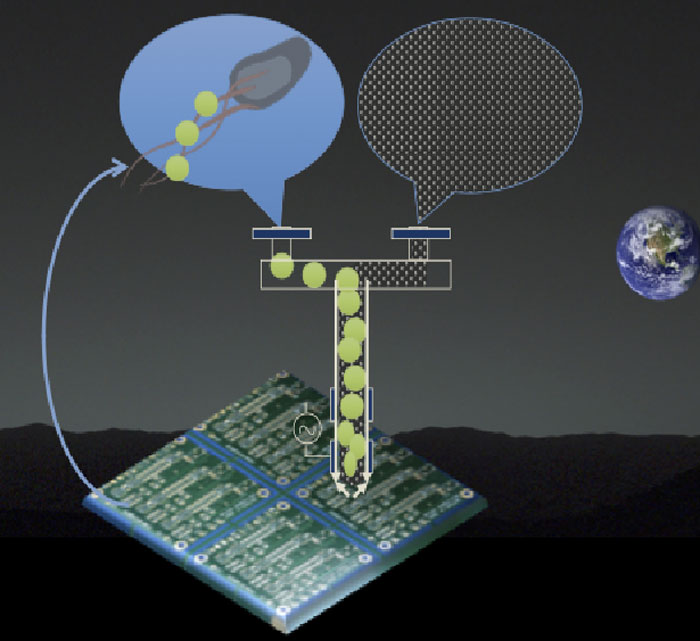
In space, the raw resources necessary to make new technological components are hard to come by. This nifty recycling system might be able to repurpose spent mission electronics by using microbes as a 'bio-ink' to print new electronic devices. Waste not, want not!
For more amazing ideas for the future, you can see the whole NIAC shortlist here. The future of space looks like it's in good hands.
